Diabetes Self-Management: What Triggers Cravings for Unhealthy Food?

How do you deal with cravings for unhealthy foods — by indulging now and then, or by trying to banish the cravings altogether? Do you believe your approach is successful?

How do you deal with cravings for unhealthy foods — by indulging now and then, or by trying to banish the cravings altogether? Do you believe your approach is successful?

Those considering how to maintain a healthy weight during holiday festivities, or looking ahead to New Year’s resolutions, may want to think twice before reaching for traditional staples like cookies or candy – or the car keys.
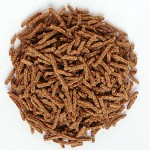
I wrote last week about the amazing benefits of dietary fiber. But what is fiber? It comes in numerous forms. In this entry, we’ll look at what type of fiber to eat, how much to have, and how to make it enjoyable and doable.

Dietary fat can significantly increase blood glucose levels and insulin requirements in people with type 1 diabetes, a new study has revealed.

Among overweight adults, participation in an intensive lifestyle intervention (that included counseling sessions and targets to reduce caloric intake and increase physical activity) was associated with a greater likelihood of partial remission of type 2 diabetes.
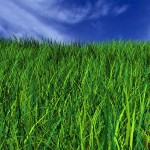
You can manage your diabetes better with a healthy lifestyle approach. If you’ve gotten into some bad habits, it’s time to start your own personal reform movement.

It’s not enough to lose weight for diabetes management and prevention and better health — you really need to know how to keep it off after you lose it.

Being diagnosed with diabetes does not mean you have to give up the pleasure of eating. It just means that you have to choose to think about what you are eating and what flavors and textures make eating a pleasure for you.
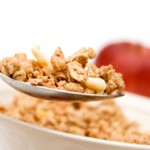
Fiber is good for your heart, your diabetes, and your blood pressure. But fiber is “indigestible.” It never even goes into the body beyond the gut. So how could it have all those benefits? Well, it does all that and more. Here’s the story.
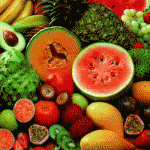
It’s long been known, but the details have also long been sketchy: the fact that grapefruit can interact with certain prescription drugs, leading either to negative side effects or to loss of the drug’s efficacy, or both.

A randomized controlled trial published in the Archives of Internal Medicine demonstrated that mobile technology, in combination with an existing system of care and telephone coaching, led to more short-term weight loss than a typical weight loss program alone.
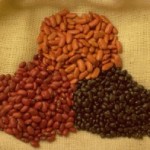
Kidney disease is one of the complications of diabetes. In 2008, 44 percent of the new cases of kidney failure were attributable to diabetes. Like diabetes alone, diabetic kidney disease requires dietary modifications.
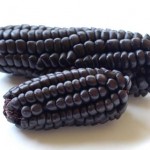
You know what you should eat to treat high blood sugar – but did you know these surprising supplements and foods that can help?

Omada can deliver some promising results, as it launches a program on the web called Prevent. Participants who are at risk of developing diabetes enroll in a 16-week program that focuses on healthy eating and exercise.
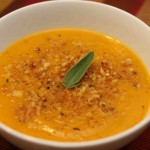
For a starchy vegetable, squash is a nutrition blockbuster. It packs a wallop in the vitamin A department (over 200percent of the RDA) It’s not too shabby in regard to vitamin C, potassium and folate either. And compared to rice it’s a weight watcher’s bargain at 80 calories for a cup.

Holiday weight gain has very little to do with how much you eat over the course of a single meal or a single party. What’s the best way to prevent gaining weight over the holidays?

I would exercise if I had more time… if I had a health club membership… if it didn’t hurt so much… if I knew what exercises to do… if I could do it with my family… if I could control my blood sugar… Have you ever said anything like that?

Education as part of routine care is the key to successful treatment of type 1 diabetes, according to a new study from researchers in the United Kingdom.
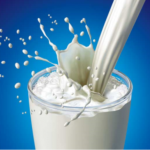
Got milk? Yes! About a kajillion different kinds, in fact, from organic to omega-3-fortified. OK, but how do you choose from there? We got the scoop on the new cartons in the dairy case.

Food for thought may start out quite wholesome, but get garnished along the way with a whole array of sales pitches and marketing distortions. The result can be rather unpalatable. How to interpret all this information?